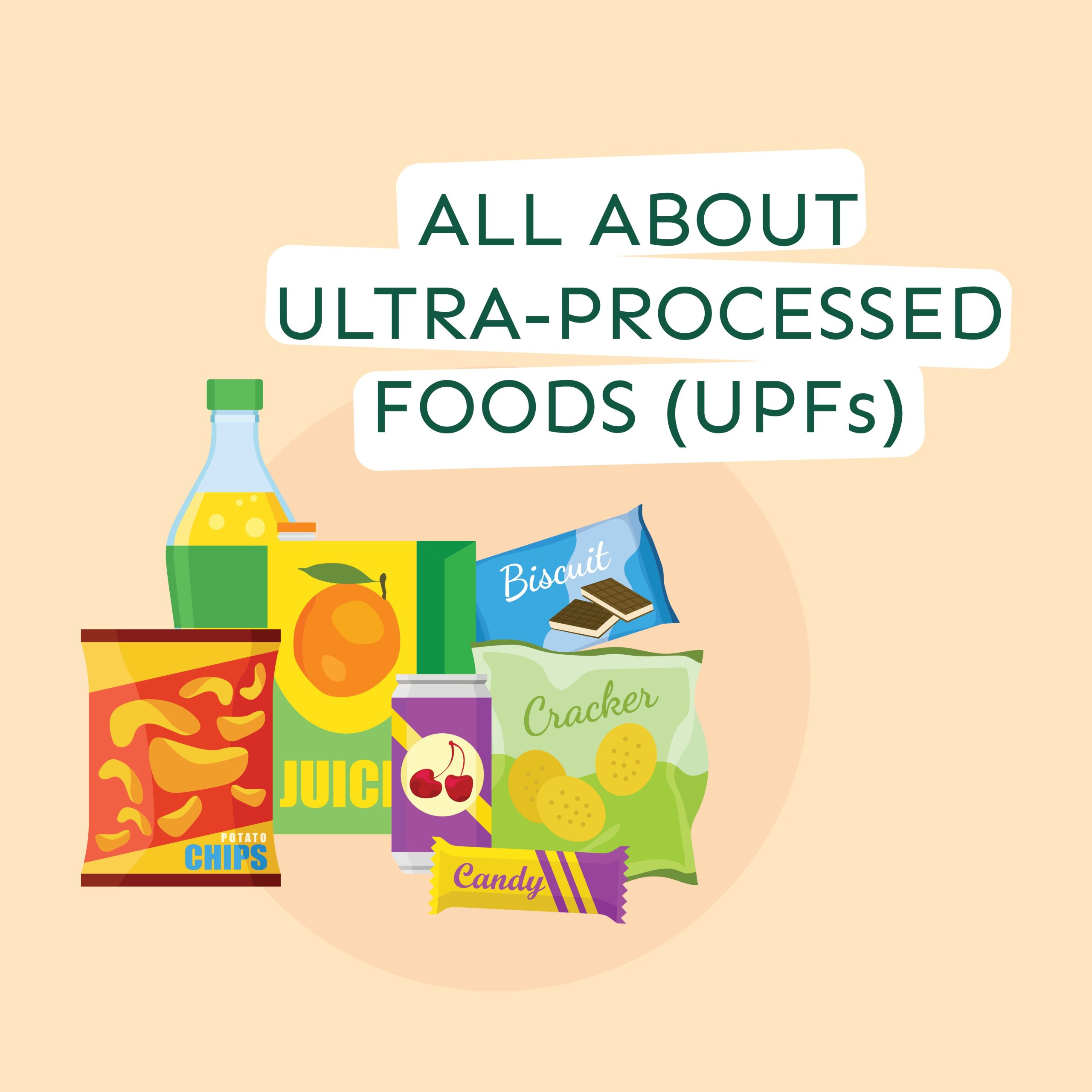There’s increasing discussion in the media about the impact of ultra-processed foods on overall health, including chronic disease and cancer risk. If you’ve been left confused about what this means for you, and what you should or shouldn’t be eating, then you’re in the right place. Let’s break down what ultra-processed foods actually are and where the research stands in relation to their consumption.
What are ultra-processed foods?
The term ultra-processed foods (UPF) comes from the NOVA classification system, which groups foods into four categories based on the level of processing they have undergone. UPF’s are industrially manufactured products that typically contain little to no whole foods. Instead, they are made up of ingredients like added sugars, oils, flavourings, emulsifiers and preservatives. This can enhance the taste, texture and shelf-life of the products.
It’s less about the number of ingredients in a product, and more about how processed those ingredients are. Some examples of UPF’s include soft-drinks, packaged snacks, chocolate, lollies, ice-cream, margarines, pastries, cakes and energy drinks.
What’s the latest research on ultra-processed foods?
There is growing research to indicate that UPF’s have a negative impact on metabolic and cardiovascular health. Studies show a significant, graded associated between an increased percentage of dietary intake from UPFs and increased incidence of non-communicable diseases including obesity, cardiovascular disease, metabolic disease, cancers, depression, gastrointestinal disorders, frailty in the elderly and premature mortality.
What does this mean for me?
The good news is, not all processed foods are created equal, and they don’t all need to be completely avoided. It’s more important to look at the overall pattern of your eating habits. Rather than focussing on cutting out all processed foods, it can be more helpful to shift your attention towards increasing your intake of nutrient-dense, minimally processed options.
There are also many processed foods that still provide great nutritional value and can act as a convenient and affordable option to support your overall intake. Examples include long-life milk, canned beans, frozen vegetables, wholegrain breads and cereals, and some ready-made meals. What matters is the level of processing and how this affects the nutritional value of the meal.
So instead of labelling all processed foods as “bad”, focus on building a balanced diet that works for you. This should be one that prioritises nutrient-dense minimally processed foods, while also allowing for practical, realistic choices (and some soul foods for enjoyment as well!).
For personalised support tailored to your unique dietary requirements, don’t hesitate to book a consultation with one of our wonderful Accredited Practising Dietitians here.
Written by Ellie Thompson, Accredited Practising Dietitian.
References
Monteiro, C.A., Cannon, G., Lawrence, M., Costa Louzada, M.L. and Pereira Machado, P. 2019. Ultra-processed foods, diet quality, and health using the NOVA classification system. Rome, FAO.

